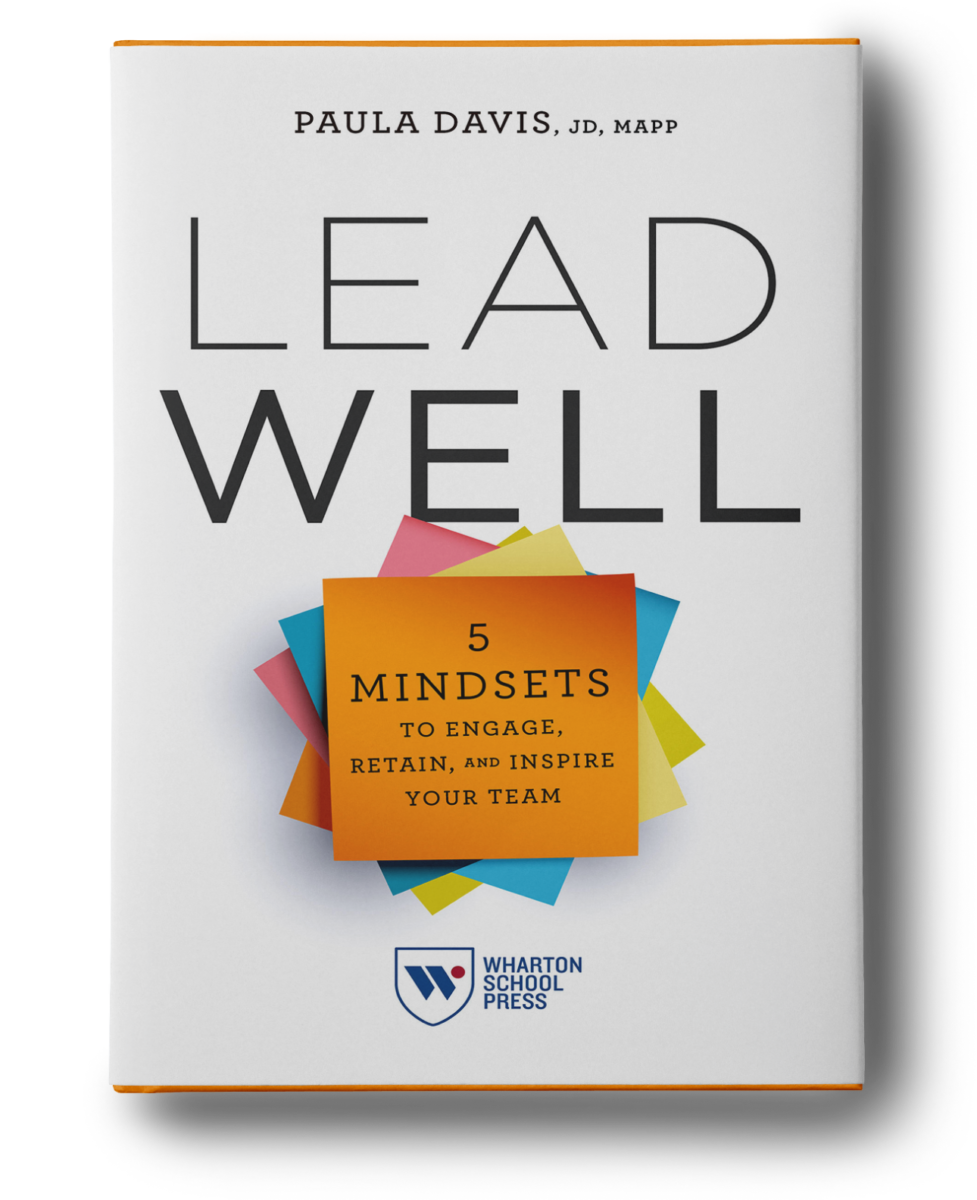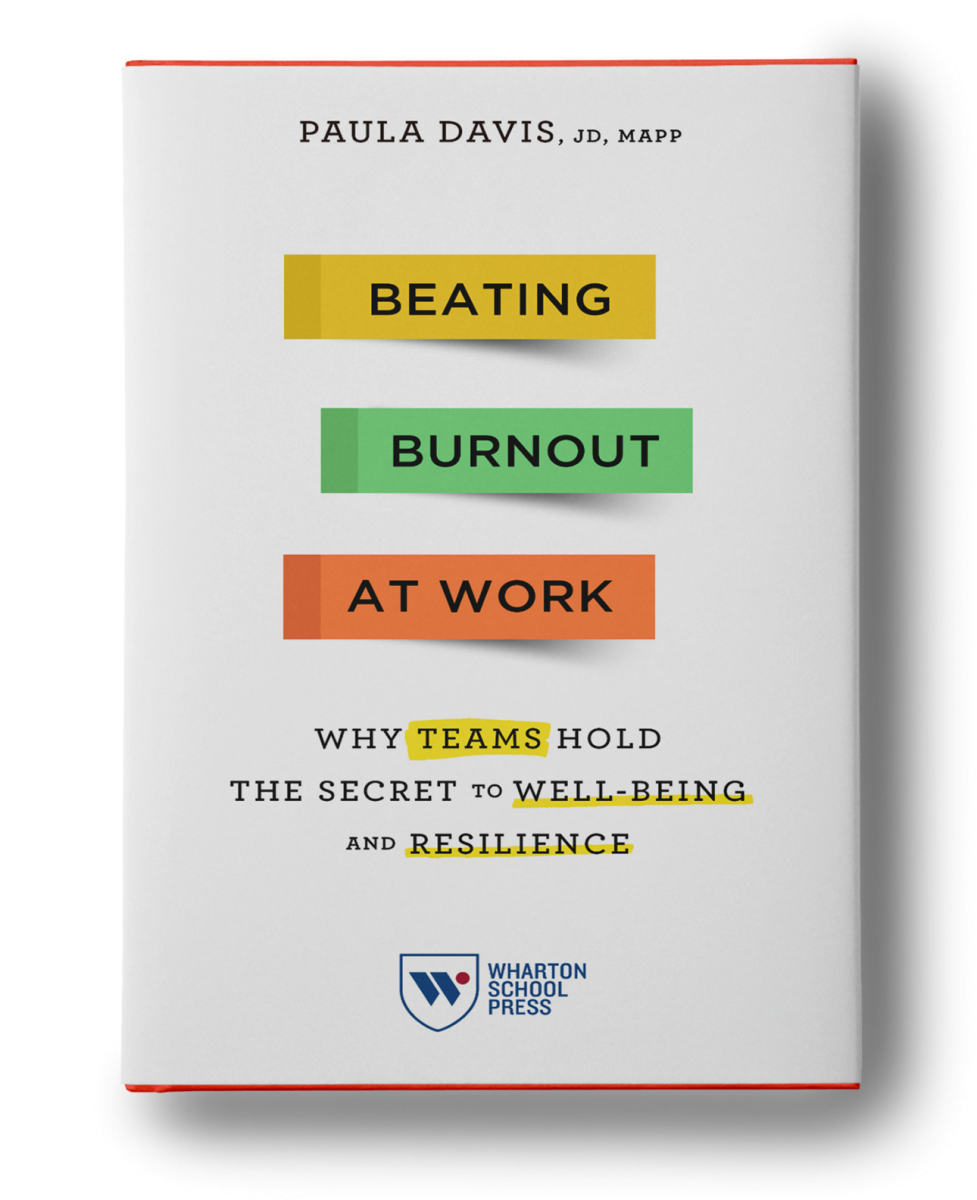I have been teaching and training resilience skills to busy professionals for almost nine years. Organizations often focus on delivering these strategies to front line or individual workers, yet the research continues to show benefits beyond just teaching individuals how to better cope with stressful work environments.
The world of work has become much more complex, specialized and global and busy professionals are often asked to operate at a 24/7 “always on” pace. Individual workers can’t shoulder the pace of this change alone – they need to work with leaders who model what resilience looks like, on teams that are capable of managing challenges effectively and housed in organizations that are prepared to respond effectively and thrive during change.
While resilience is most commonly seen as a set of skills that help to minimize the effects of stress and pressure, the tools can go well beyond this to act as a performance enhancer in a systemic way across the organization.
An accelerator of team development. The study of what it means to build resilience at work has thrived in the past decade, and as more organizations continue to orient their work in teams, there has been an increased interest in what it means to create a resilient work team. Complex, changing, fast-paced work environments require that teams quickly adapt to missteps, failure, slow results, and challenges generally. Resilient teams (1) resolve challenges as effectively as possible; (2) maintain team health and resources; (3) recover quickly; and (4) display the ability to handle future challenges together.
A critical foundation of resilient teams is psychological safety – a climate in which people feel comfortable expressing and being themselves. In order for teams to appropriately manage adversity, people need to feel comfortable sharing their knowledge, which means sharing concerns, questions, mistakes, and partially-formed ideas.
Research has found that teams that employ more positive emotions and focus on solidifying the connectedness of the people within their teams experience more of this type of openness, and thus higher levels of team resilience.
An essential component of leadership development. Leaders have a profound impact on their followers’ resilience and well-being. Leadership development efforts at many organizations have expanded to include important skills that are often considered outside of traditional leadership development, and resilience is an important addition. In order to lead with resilience at work, you need to think about (1) how you demonstrate and role model resilience; (2) how you create the space for discussion around resilience; and (3) what you need to do, as the leader, to support the resilience of those you lead. Here are some important questions for leaders to ask themselves about resilience:
- How well do I manage lack of accountability in those I lead?
- How well do I prioritize my own well-being?
- Am I effective at recognizing the signs of overload in those I lead and then doing something about it?
- How well do I assist the team in dealing with negativity?
- How well do I create an environment where it’s OK, and even expected, to ask for help?
As a core organizational capability. Organizations face challenges big and small, and some respond in a way that promotes resilience and trust, and others respond less so. Resilient organizations are well-prepared for change and complexity, and here are just a few examples of the wide range of challenges, both big and small, organizations need to be prepared for and adapt to:
- Managing an intergenerational workforce
- #MeToo related matters
- Retention of women and diverse professionals
- Technology and cyber-technology advancements and concerns
- Pressure to innovate from clients (along with generally figuring out strategies to add value for clients)
- Team reorganization or restructuring
- Changes in leadership
- Office moves/location changes
In order for organizations to create opportunities to thrive and grow when adversity strikes, they need to pay attention to the indicators or ingredients that build resilience at the organizational level. Research reveals a number of such ingredients with these five being regarded as the most potent:
- Strong leadership – these are leaders who people want to follow
- Engaged teams – having people who are committed to working on a problem until it is solved
- Effective partnerships – you create and maintain key relationships with others you might have to work with during an adversity (think both within and outside of the organization)
- Situational awareness – keeping a finger “on the pulse” and proactively monitoring emerging industry trends and issues
- Innovation and creativity – having a constantly learning mindset; creating new value
Many organizations are now providing training and resources relating to the building of their professionals’ resilience. The next frontier is for organizations to invest significantly more resources and attention to incorporating these concepts – systemically – at the leader, team and organizational levels.







